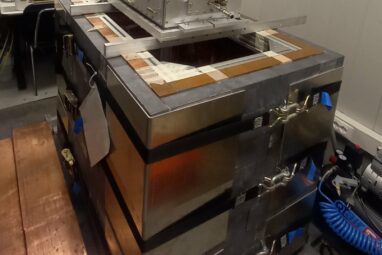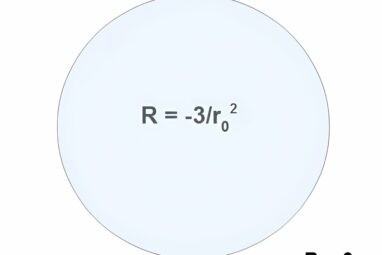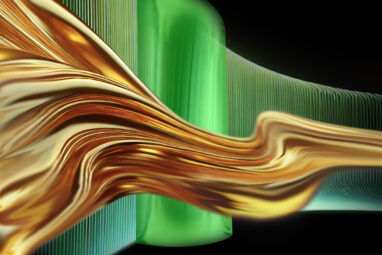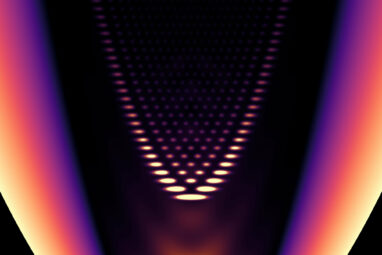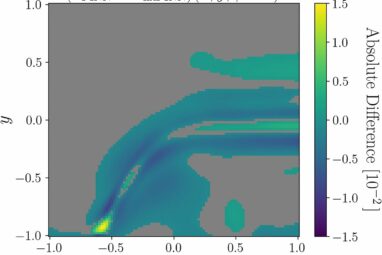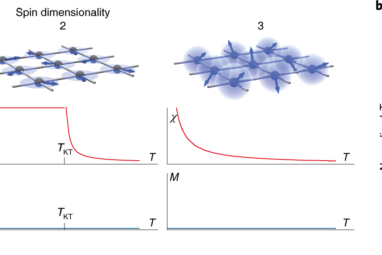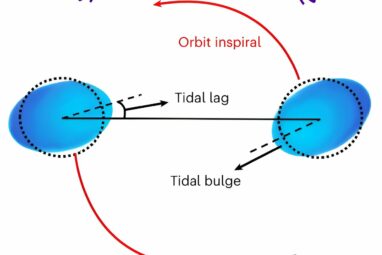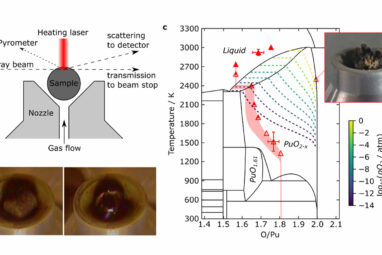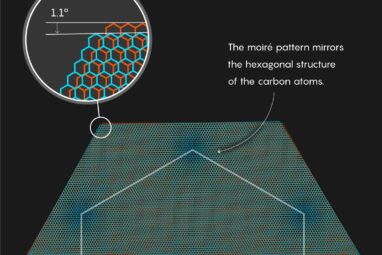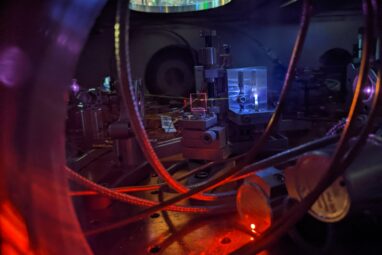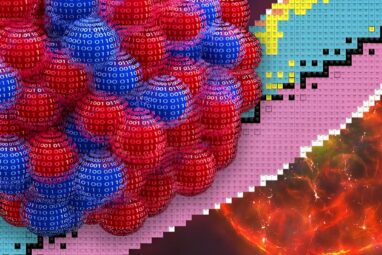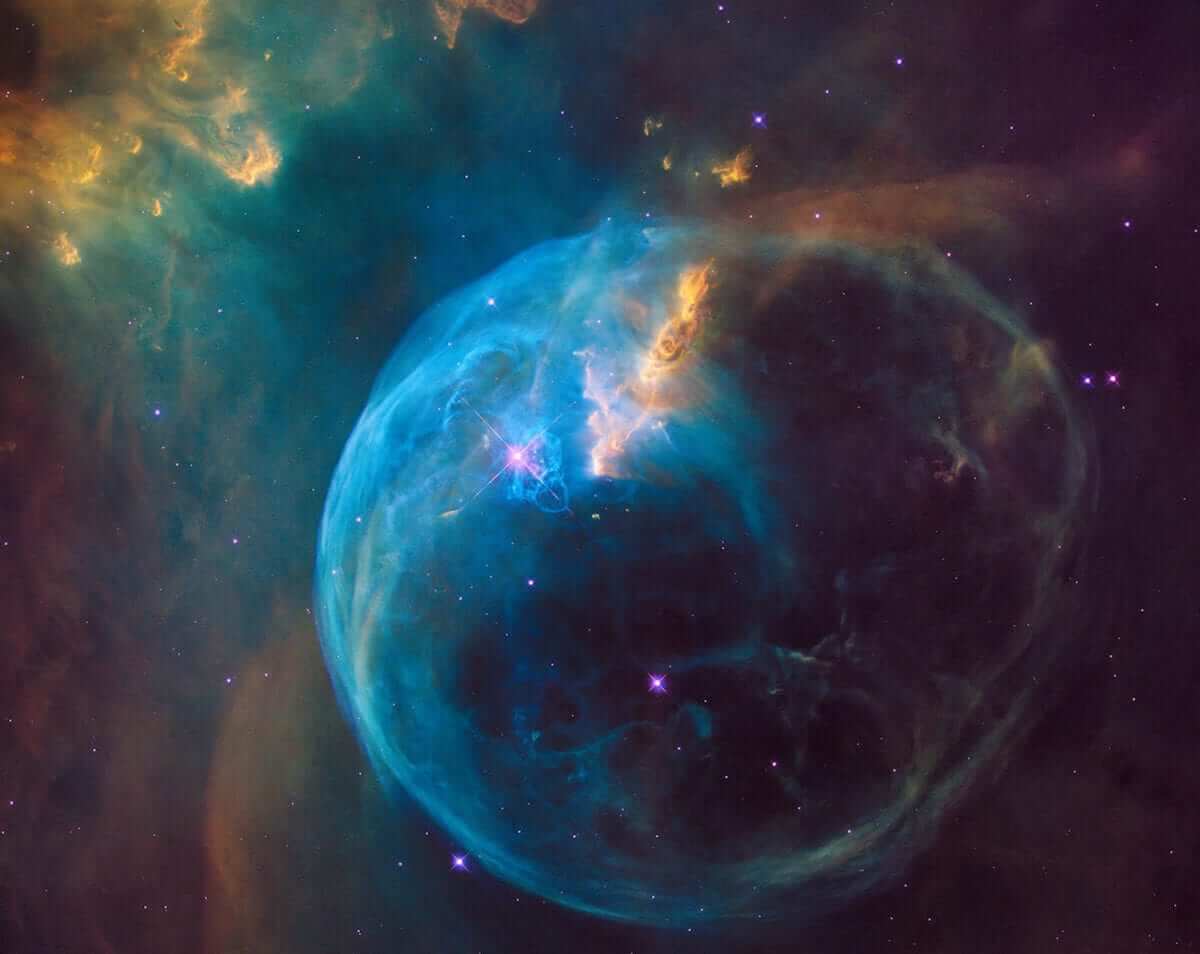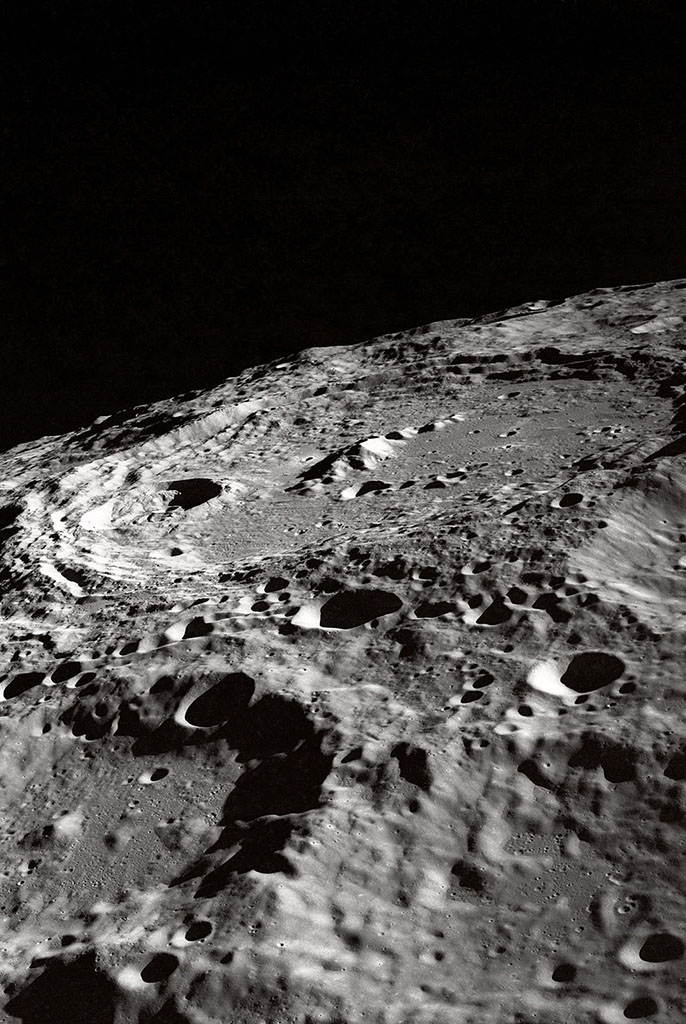The apparent weirdness of the quantum world is often exemplified by the paradox of Schrödinger’s imaginary cat that exists in...
Neutron stars are timelike matter with a maximum mass of about 2.34 solar masses in quantum chromodynamics (the strong color...
Typically, electrons are free agents that can move through most metals in any direction. When they encounter an obstacle, the...
Physicists at the University of Bonn and the University of Kaiserslautern-Landau (RPTU) have created a one-dimensional gas out of light....
Researchers from LMU, the ORIGINS Excellence Cluster, the Max Planck Institute for Extraterrestrial Physics (MPE), and the ORIGINS Data Science...
A scintillating aerogel enabling real-time measurements with excellent sensitivity to certain radioactive gases, essential to monitoring the proper functioning of...
A team of physicists from The University of Hong Kong (HKU), Texas Tech University (TTH), and the University of Michigan...
A better understanding of the inner workings of neutron stars will lead to a greater knowledge of the dynamics that...
The 2011 accident at the Fukushima-Daiichi plant in Japan inspired extensive research and analysis that elevated nuclear energy into a...
Magnetic fields can engineer flat bands in twisted graphene layers to create a new playground for exotic physics, RIKEN physicists...
The world keeps time with the ticks of atomic clocks, but a new type of clock under development—a nuclear clock—could...
The world’s most powerful supercomputer is helping resolve conflicting research results that have puzzled scientists for more than a decade,...
